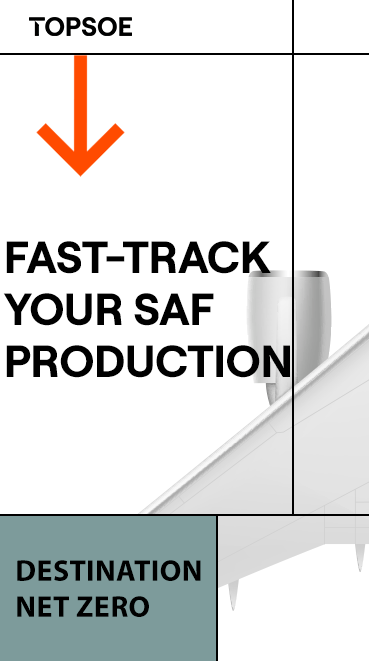Import demand, weather conditions support rapeseed-oil prices
- UFOP
- May 8, 2024
- 1 min read

The United Nations’ Food and Agriculture Organization vegetable-oil price index was at its highest level in 13 months in April, averaging 130.9 points.
Over the month, prices of rapeseed oil and sunflower oil rose, whereas asking prices of soybean and palm oil declined.
More specifically, palm-oil prices weakened in the wake of an increase in Malaysian palm-oil production from April onwards combined with restrained demand.
Asking prices of soybean oil also declined.
The main factor driving the decrease was prospects of abundant feedstock supply in the current season, especially from South America.
By contrast, international prices for sunflower oil and rapeseed oil continued to rise on support from persistently brisk global demand for imports and concerns over rapeseed crops due to the cold spell that hit many parts of the EU.
This cold spell will likely curtail the yield potential of the 2024 rapeseed harvest, thus shaping rapeseed prices for the next sowings.
According to investigations conducted by Agrarmarkt Informations-Gesellschaft (mbH), international grain prices also strengthened marginally in April.
The April FAO cereal-price index averaged 111.2 points, which was up 0.3 percent from March.
After falling for three months running, international wheat prices stabilized in April.
Support came from unfavorable weather conditions in parts of the EU, Russia and the U.S.
On the other hand, competition between the major exporters remained fierce.
Maize prices climbed in April, mainly due to brisk demand as a result of war-related infrastructure damage in Ukraine and reduced harvest forecasts in Brazil.






















-RKstandin.jpg)
_gif.gif)




